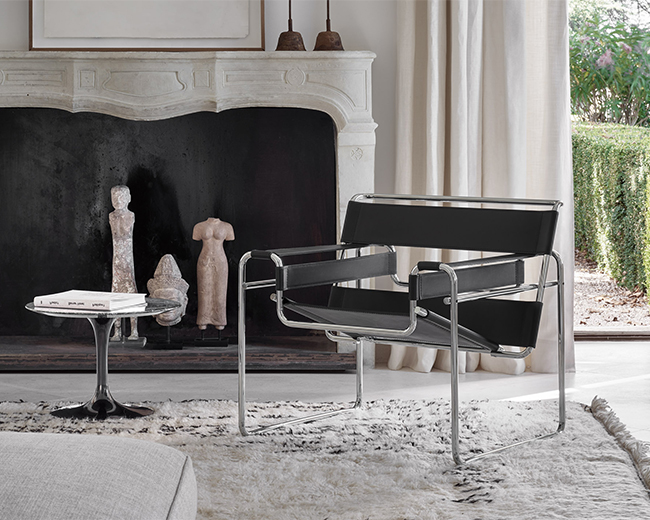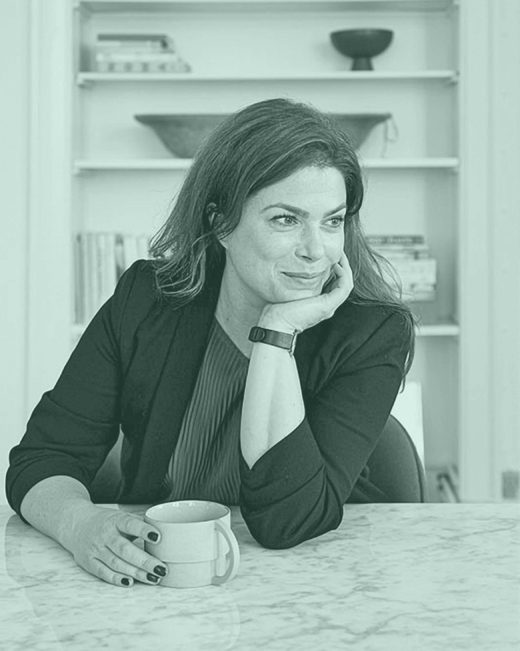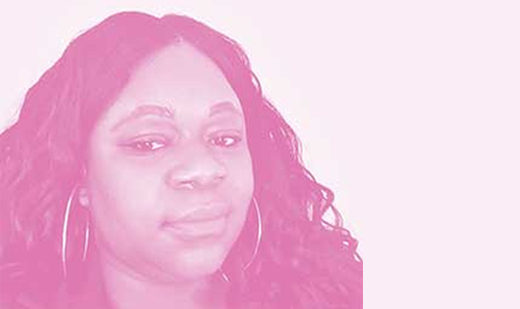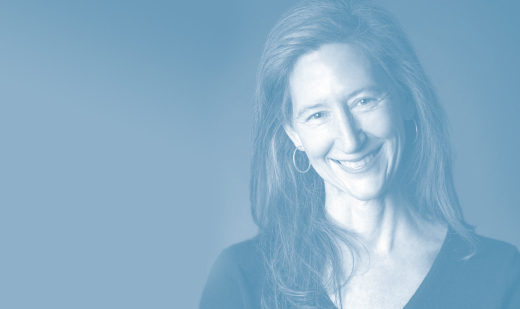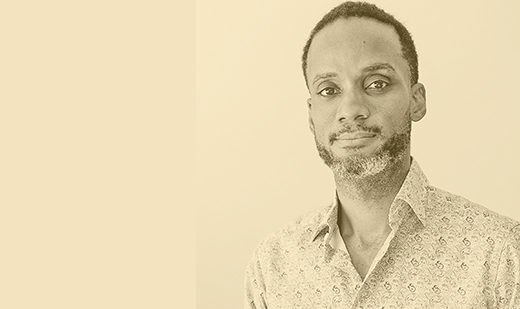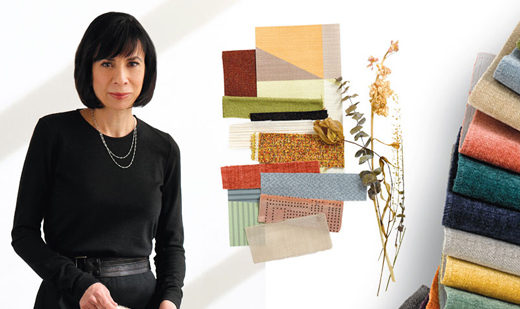What brought you to design, and color work specifically?
I was born and raised up in a highly creative family— I’m the daughter of an architect and a designer, and that has played a huge role in my upbringing. Design and aesthetics overall was a natural part of the everyday living at our house. My mother is very good with colors and I’ve always been surrounded by colors and color combinations.
In Scandinavia we’re known for our visually calm approach to colors, but I’ve been taught to have a curious approach to the world, different cultures, religions and ways of living and that opened my eyes to broad use of colors.
In kindergarten at the age of four, I had my own names for colors and I would group them and name those groups as well. So it’s fair to say that it started early.
How do you define a trend?
They are movements and tendencies that occur as reflections or results of events in history, politics, etc. Visually, I would say that it is waves rolling over us and the different industries in our society. They can be big and small. They play their own role but they are all connected one way or another.
Where do you find inspiration?
I look back in time and I look ahead, to the best of my ability—history repeats itself and we as humans tend to follow some patterns when certain things happen. That can give us some indication of what will happen.
Fashion is a great tool to look at when forecasting trends, as fashion is ahead of design and interiors— and faster than furniture production—and therefore can indicate what will happen.
How does color relate to trends?
Color can be seen as a trend in itself but often they aspire from an existing trend. Take sustainability as an example: lately we’ve seen a lot of colors in design and interiors with a close connection to nature.
Color is the clearest indicator of a trend—it’s an easy way to follow a tendency.
How do you see the post-pandemic design landscape changing?
I see it changing in more than one way—we will need positivity after a year plus of distance, fear and unexpected external changes. I think that we will see that reflected in design and trends as playfulness, humorous, bright colors and daring combinations.
The majority of us have had time to reflect, think and re-evaluate our values and lives while spending more time outside our daily routines. Maybe we’ve been home more, and that makes us crave nature and the qualities of a slow way of living, which will probably put an extended focus on sustainability, quality and values.
What inspires you, and how do you incorporate it into your work?
I’m highly inspired by minimalism and I’m thinking a lot about what I buy, eat and surround myself with. That is something I try to incorporate into the design work we do at the studio by choosing good companies with good values to work with, and trying to create design with a long life, good quality and a good finish. Sustainability is many things, but one thing is sure and that is that it’s here to stay.
Nina Bruun is a designer and trend forecasting expert and is the founder and CEO of Nina Bruun Design Studio, a multidisciplinary creative studio based in Copenhagen, Denmark.
More to Read
This story is from Knoll Works—our annual publication showcasing how our constellation of brands and planning capabilities create inspiring workspaces.




